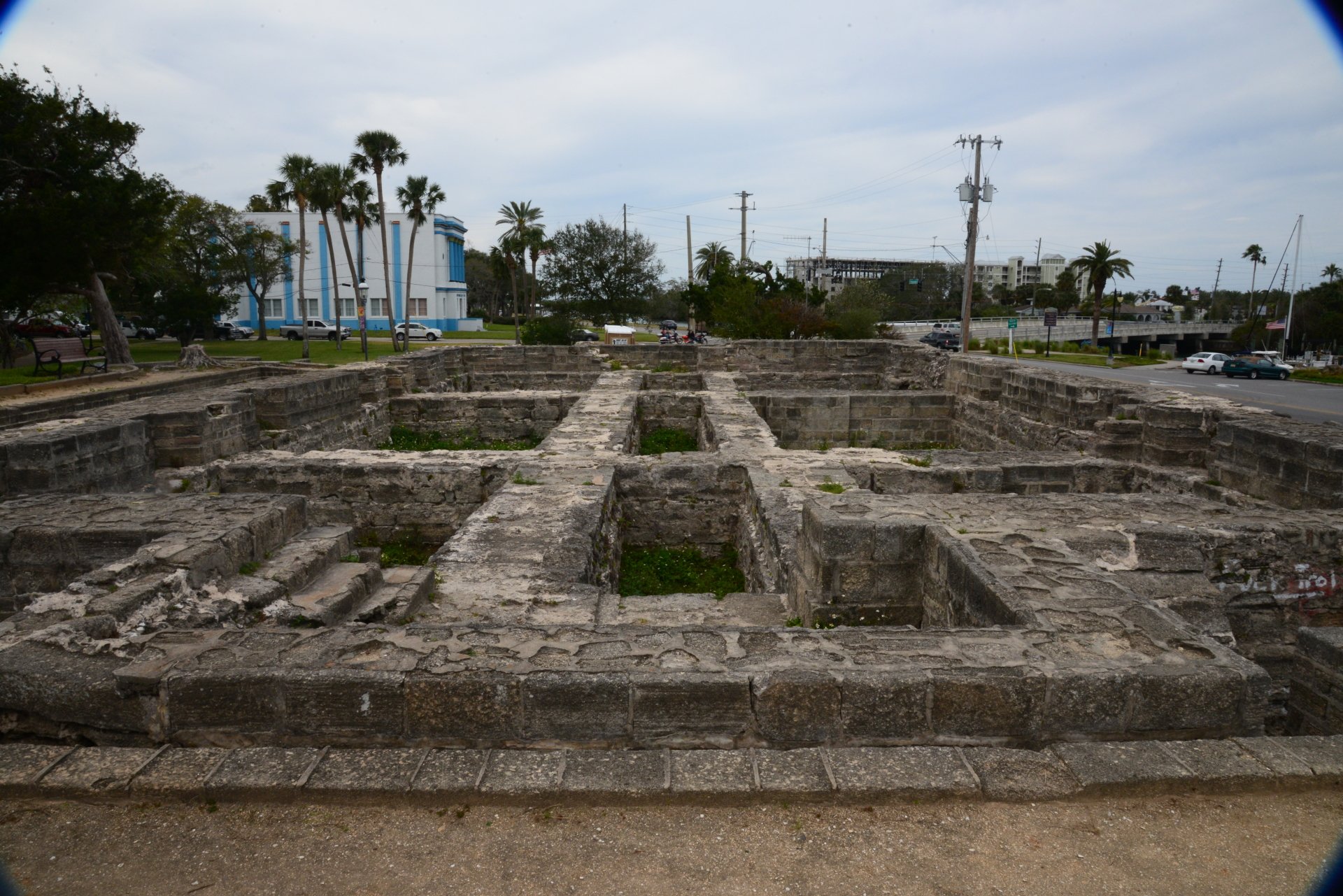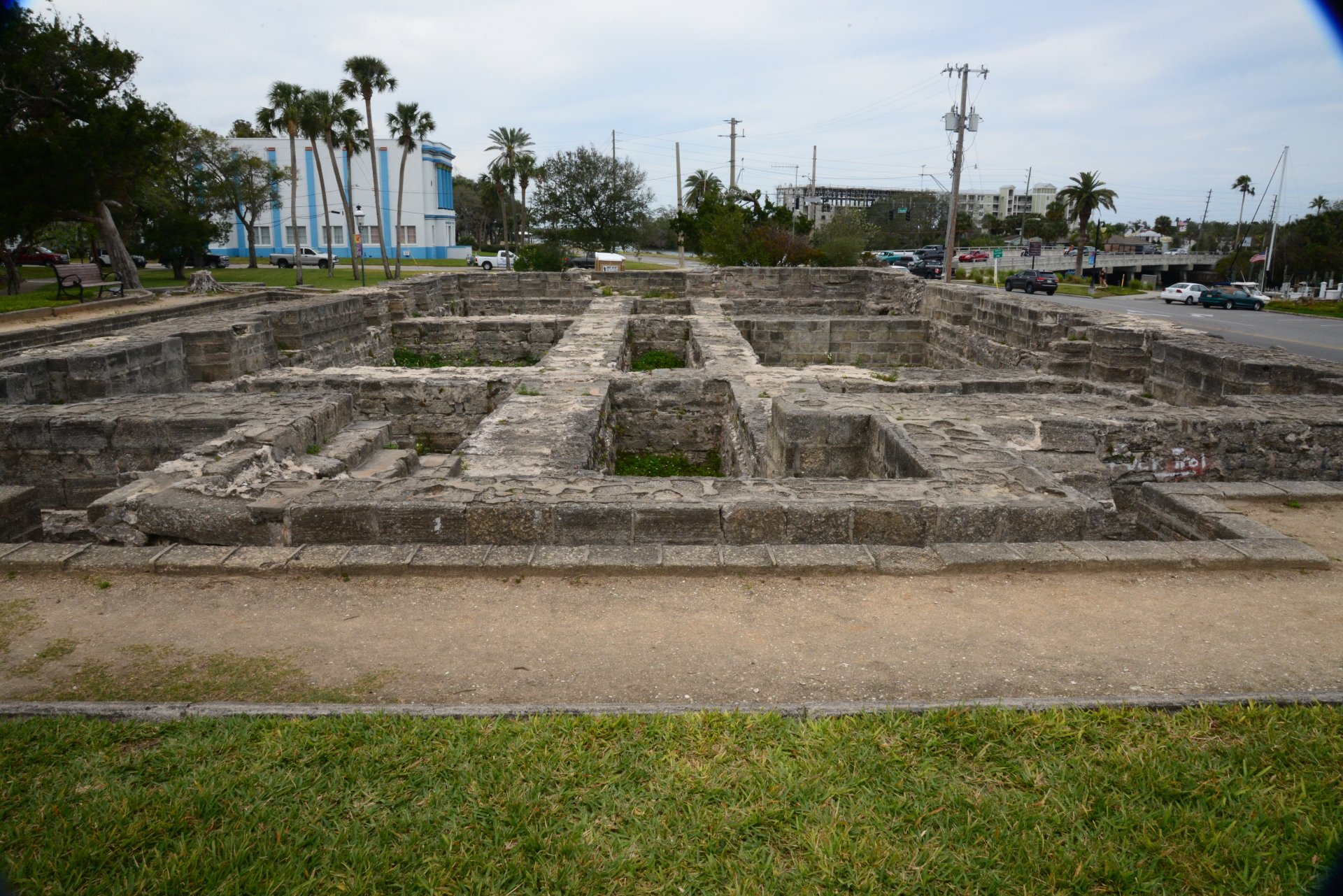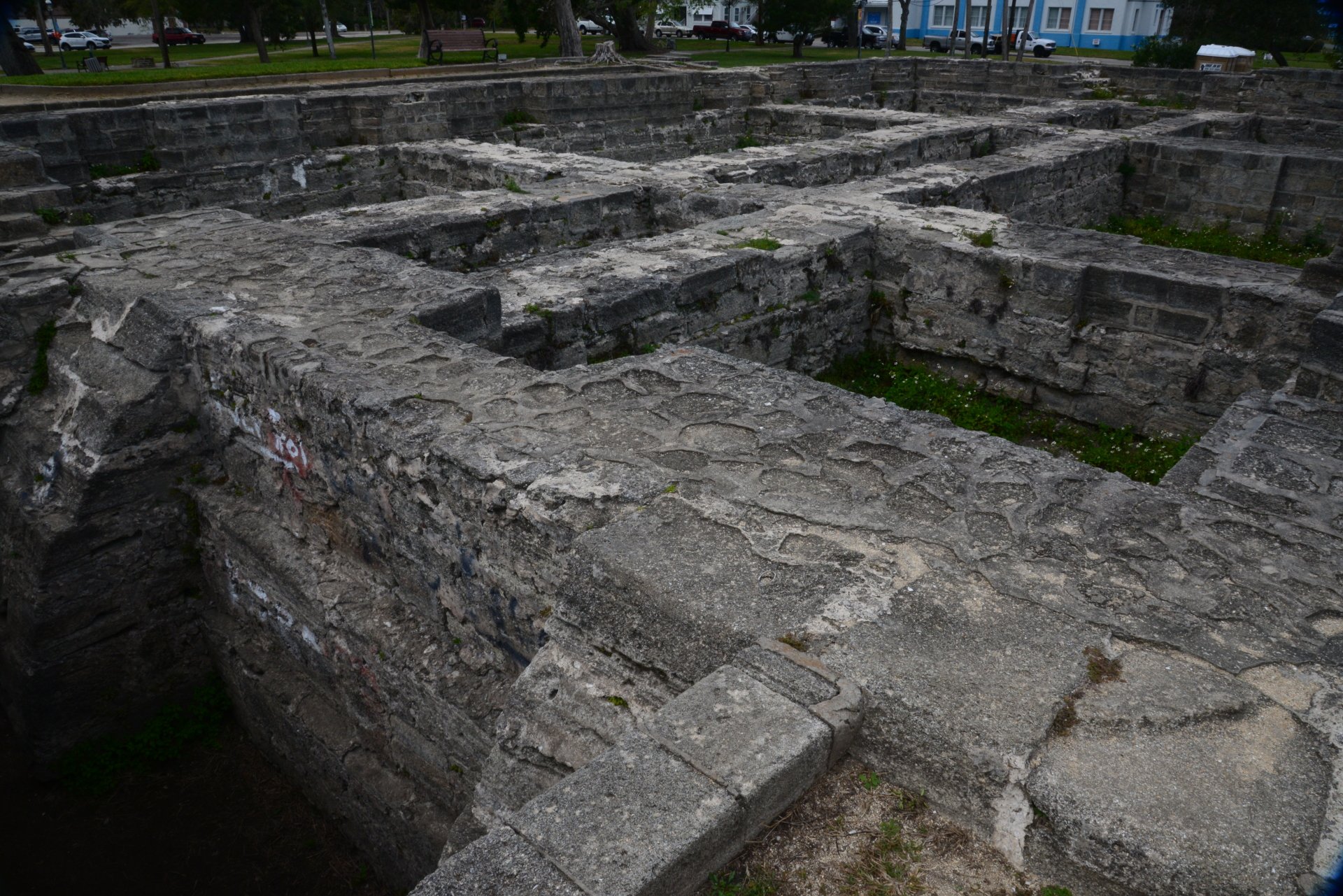
New Smyrna Colony
During the British occupation of Florida between 1763 and 1783, the British Parliament offered a bounty and authorized generous land grants for citizens who stepped forward to cultivate silk, cotton and indigo in East Florida. Scottsman and a physician Dr. Andrew Turnbull convinced a number of his wealthy friends in Britain to take advantage of these offers. In 1766 and 1767, Turnbull and two of his business associates, Sir William Duncan and Sir Richard Temple, acquired land grants of 20,000 acres each, which Turnbull was to select from unclaimed lands in East Florida.
After a brief stay in St. Augustine, Turnbull sailed southward along the Atlantic coast past what we now call Ormond Beach and Daytona Beach and entered Mosquito Inlet where he encountered an attractive region dotted with large Magnolia, Live Oak, and Bay trees. The Scottsman was delighted with what he saw and decided to make this the site of his new colony. He named it New Smyrna in honor of his wife’s birthplace and the homeland of his future Greek labor force. The British government took a considerable interest in New Smyrna, providing money for transporting laborers and developing infrastructure.
Turnbull planned to employ a number of Greeks from Asia Minor as laborers for his new venture. He chose a Greek labor force because he felt they would be more accustomed to the warm climate they would encounter in Florida, and because he believed he would be able to convince a good number of them to leave the Ottoman Empire, where labor conditions were tough. Turnbull’s knowledge of the eastern Mediterranean was considerable as he had spent a number of years as a British consul in the Ottoman Empire, and had married the daughter of a Greek merchant at Smyrna in Greece.
In the spring of 1767, Turnbull sailed into the Mediterranean to hire workers for his new enterprise. He encountered unexpected resistance from the Ottomans over his plan to hire away Greek workers, so he made stops in southern Italy and Minorca to pick up more. By the time Turnbull finally sailed for East Florida, he had about 1,500 workers under contract, mostly Minorcans. These settlers would be indentured servants. In return for their passage to New Smyrna, the laborers would be required to work for a period of years, and then they would be entitled either to a plot of land in East Florida or passage back to their home country.
By the end of the summer of 1768, Turnbull and his workers were settled in at New Smyrna and the process of clearing the land and preparing it for cultivation was underway. A number of workers died from disease and raids by Native Americans in the area. The New Smyrna venture did eventually produce good crops and for a few years all appeared to be working in good order. Turnbull’s relationship with his laborers deteriorated as the years went by, on account of poor working conditions and the harsh practices of his overseers.
On or around 1775 then Florida Governor Patrick Tonyn accused Dr. Turnbull of rebel sympathies and of machinations with the Indians. As a result, in fear of being jailed, Dr. Turnbull left for England where he unsuccessfully attempted to have Gov. Tonyn removed. While he was abroad, Gov. Tonyn succeeded in breaking up the New Smyrna Colony by conscripting the men to the military and by convincing them they would never get the land they were promised at the end of their indenture periods. In 1777, the laborers marched northward to St. Augustine where Gov. Tonyn provided them with shelter. The colonists decision to stay in St. Augustine brought an end to the plantation at New Smyrna. Shortly afterward in 1783, the Spanish retook Florida as part of the Treaty of Paris, Andrew Turnbull moved to Charleston, SC and the New Smyrna venture had ended.
Today, the only remain of the original New Smyrna Colony is located in Old Fort Park. The National Register of Historic Places - Registration Form for the site explains the result of various archeological excavation projects of the site and concludes that the true function of the ruins is unknown but that it is most probably part of the Adrew Turnbull New Smyrna settlement.







